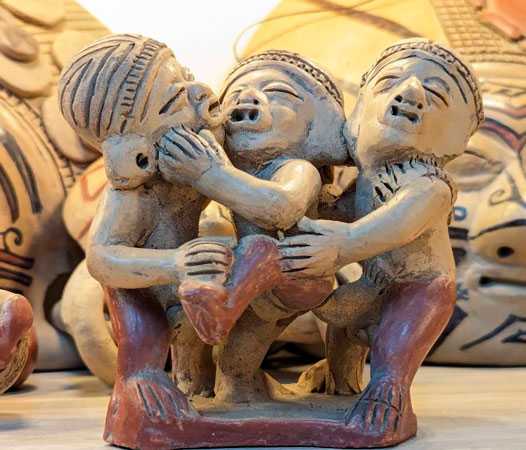Free walking tour of Quito: Historic Center
- 120 reviews 3 h
Every street, temple, square and monument in Quito’s Historic Centre is brimming with history, culture, mysteries, legends… and flavours. Experience and savour that unique, authentic atmosphere on this free tour that takes you to the most iconic spots in Ecuador’s capital — the country that straddles the middle of the world.
Your adventure through this founding district, declared a UNESCO World Cultural Heritage Site in 1978, begins at the Basilica of the National Vow, a stunning neo-Gothic construction nicknamed the temple of the end of times. Ask your guide why, and you’ll be amazed.
From there, you’ll explore the centuries-old Chica and Grande squares; the museum dedicated to indigenous painter Camilo Egas; the colonial street of La Ronda, where art and bohemian charm come alive; and the Metropolitan Cultural Centre — a space that blends academia, religion, and heritage.
If you’re intrigued by urban tales, you’ll be captivated by the mystery of House 1028. But don’t worry, you won’t be left in suspense for long — at the final stop in the colonial complex of San Francisco, you’ll taste artisanal chocolates and discover why Quito is called the cradle of beer.
Here’s to you and to Quito — the city where we’re waiting for you.
Itinerary
We’ll be waiting for you in front of the Parish of the Holy Cross (Parroquia la Santísima Cruz), located on one side of Barranco’s Municipal Park. Look out for our Partner holding a green flag in their hand.
“The day this basilica is completely finished, the end of times will cover the face of the earth” — so says the legend, or perhaps the myth, that has “condemned” the majestic Basilica of the National Vow to remain unfinished to this day.
True or not, this belief — which intertwines a symbolic pact between God, the Church, and Ecuador — has kept the temple’s construction, which began in 1887, from ever being fully completed.
And really, you don’t mess with the end of the world. Best to leave it as it is. After all, it’s still striking with its towering spires and fulfils its main purpose: serving as a symbol of the nation’s consecration to the Sacred Heart of Jesus.
Note: If you’d like to climb the basilica’s towers for fantastic panoramic views of Quito, there is a fee of four US dollars (not included in the tour).
Authentic and meaningful art — that’s the essence of the work of Camilo Egas (1889–1962), Quito’s most influential 20th-century painter, renowned for his masterful technique, his indigenist vision, and his ability to blend aesthetics with social commitment.
His sensitivity and versatility led him to explore various avant-garde artistic movements during the first half of the 20th century. This constant search was key to shaping his own distinctive style and securing his international reputation.
Founded in 1980 by the Central Bank of Ecuador and reopened in 2003, the museum is now run by the Ministry of Culture and Heritage, ensuring the preservation of Camilo Egas’s invaluable artistic legacy.
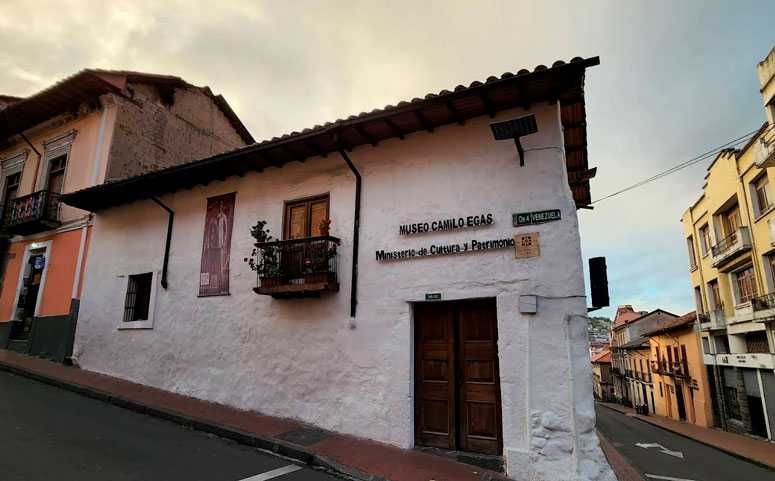
This is the perfect spot in Quito’s Historic Centre to pause for a moment, reflect on the city’s past, or simply enjoy the unique details of the square — including several lizards.
They’re not real, of course. These decorative sculptures are such an eye-catcher that the square, where art, memory, and cultural heritage come together, is affectionately nicknamed Lizard Square.
Name aside, the square is the result of a project to honour the city’s urban memory, transforming the rear section of the colonial San Agustín convent (16th century) into a welcoming meeting place.
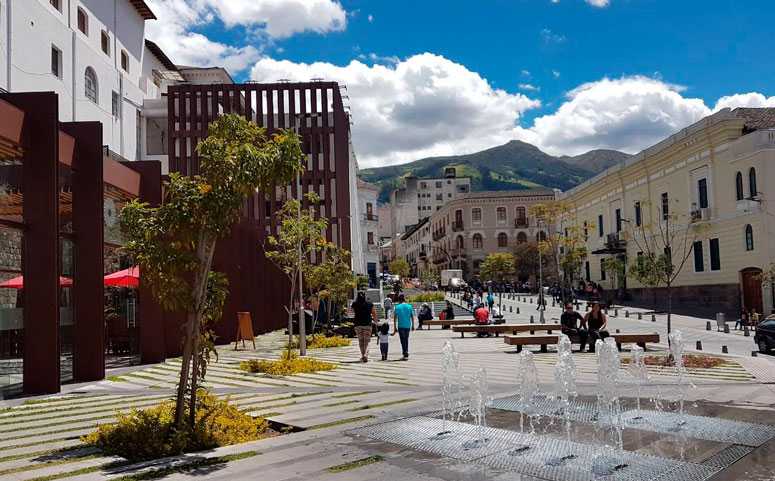
At first glance, the Guerrera Mora building —its real name— looks like just another construction in Quito’s Historic Centre. But once your guide shares the legend of the Beautiful Aurora, your perception will change forever.
It’s hard to believe what is said to have happened between a stunning young woman and a black bull with blazing eyes and extraordinary strength. Tragic events we won’t fully reveal here — though we’ll give you a little teaser.
Legend has it that the beautiful Aurora attended a bullfight in Independence Square. Upon seeing her, the bull leapt over the barriers of the ring to approach her; the young woman fainted and was taken to House 1028.
That was her home, where she lived with her parents. But what happened next? Well… you’ll find out when you explore Quito with us.
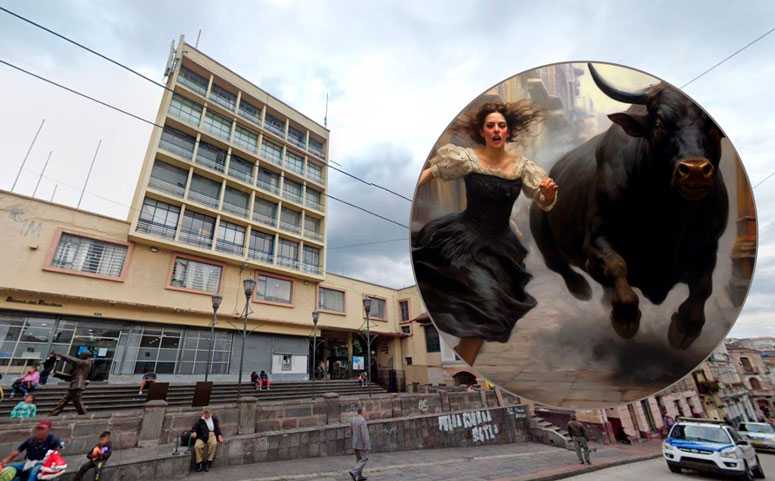
A silent witness to construction, relocation, and demolition, its history dates back to the 16th century, when a building as old as the city itself once stood here — later becoming the Selva Alegre Palace in 1787.
Its owner, Juan Pío Montúfar, the second Marquis of Selva Alegre, would host prominent figures of the time in this elegant and eye-catching residence. But the story didn’t end there: in 1919 it was rebuilt, only to be demolished in 1962.
Nine years later, the current Plaza Chica —also known as Sucre Square— emerged. Here, a statue of the influential Archbishop Federico González Suárez (1884–1911) stands, keeping watch over a place that has been at the heart of Quito since its very beginnings.
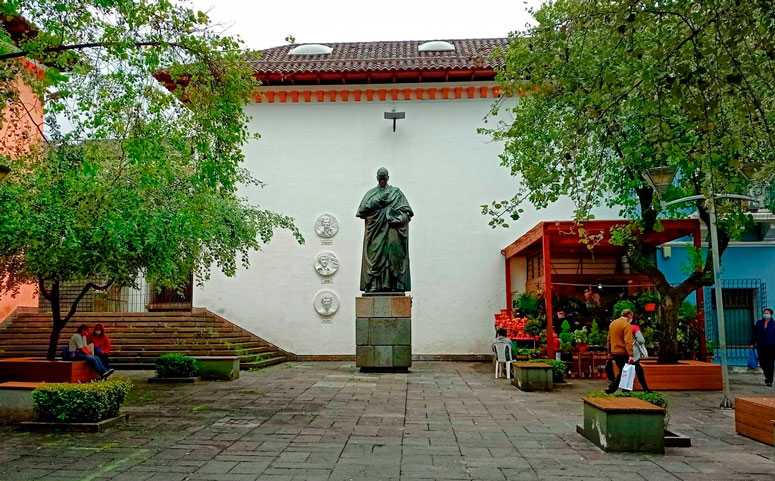
Once known as Quito’s Main Square and the counterpart to Plaza Chica, Plaza Grande has been the city’s beating heart since colonial times. Back then, the most influential families longed to live around it.
Simple and rectangular in shape, it once featured a water fountain that supplied the neighbours, making it a central meeting and gathering point. Its appearance changed in 1865 with the addition of modest gardens.
In the 20th century, the installation of the monument marking the centenary of the Revolution of 10 August 1809 —one of Latin America’s earliest calls for independence— gave the square a new look and renewed its role as an urban symbol.
Plaza Grande is surrounded by grand buildings such as the Metropolitan Cathedral, the Archbishop’s Palace, the Carondelet Palace —seat of government and residence of the President of the Republic— as well as the Royal Houses and Quito’s City Hall.
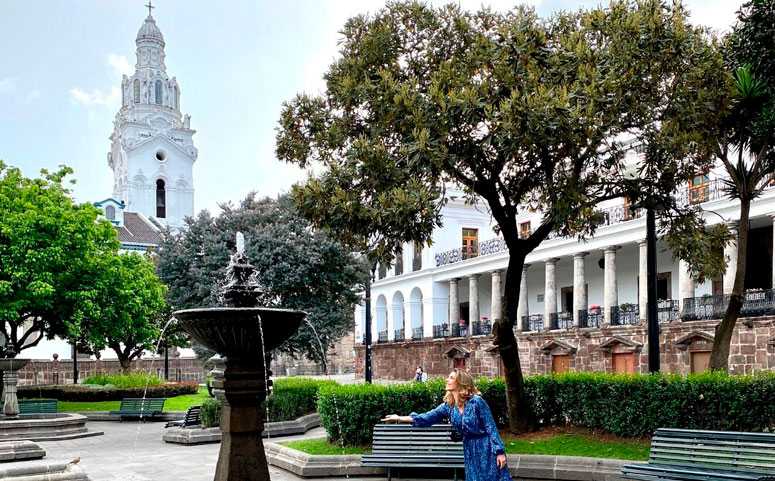
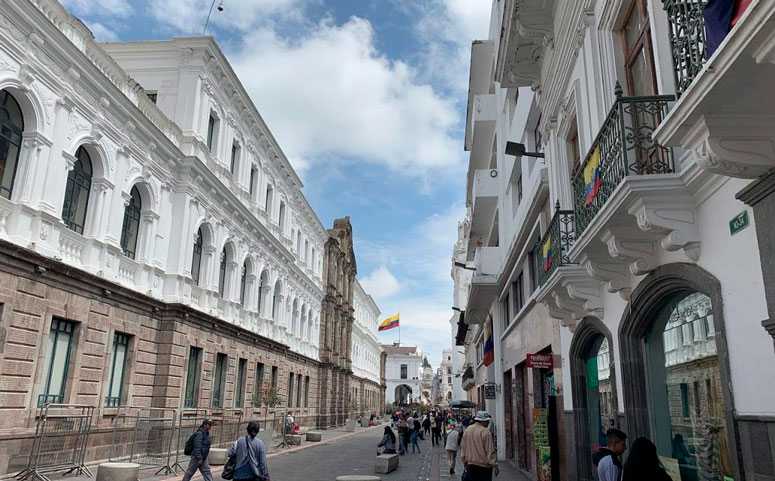
In pre-Hispanic Ecuador, this historic area was an Inca trail that led the early inhabitants to nearby streams where they collected water. Everything changed with the arrival of the Spanish conquistadors.
They polluted the waterways and altered them for structural purposes, transforming the ancient path into one of Quito’s main urban arteries. By the 17th century, artists, bohemians, and poets gathered along this street, filling it with culture.
That charm, which faded in the 19th century with the spread of taverns and brothels, was brought back in 2006 when the city authorities restored La Ronda’s cultural aura. Today, you can feel the living soul of Colonial Quito here.
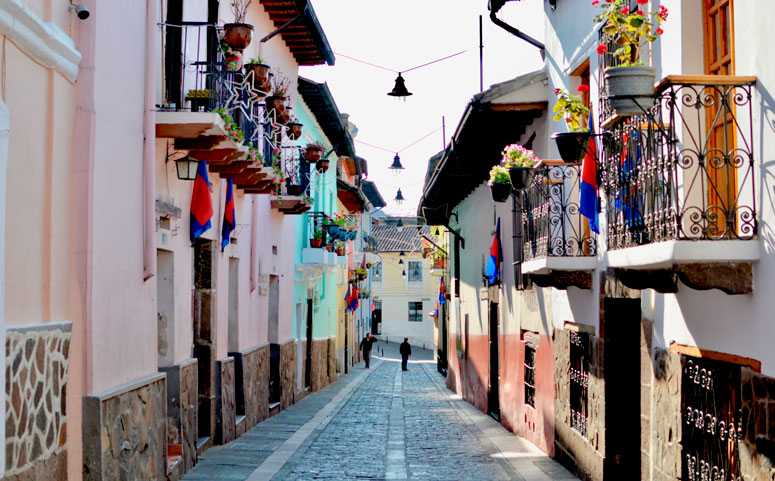
More than just a temple, San Francisco is a testament to the artistic splendour that flourished in Quito from the 16th century. This jewel began construction shortly after the Spanish founded the city in 1534.
San Francisco’s importance goes beyond its architecture. The evangelising vision of the order turned its cloisters into spaces where teaching, art, and spirituality coexisted in harmony.
And because art can also be savoured, your free tour ends with a tasting of artisan chocolates —where you’ll learn about the production process of Ecuadorian cacao. And that’s not all. You’ll also discover why Quito is known as the cradle of beer.
A sweet and frothy finale! An unforgettable ending!
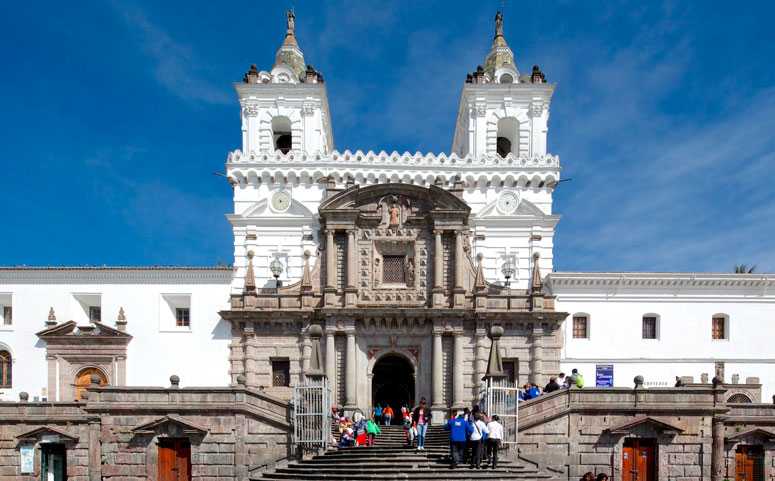
Your free tour ends at San Francisco Church, less than a 10-minute walk from Plaza Grande. We recommend staying in the Historic Center to explore more of our city.
Schedule and Language
| Schedule | Language | Days | Duration |
| 10:00 | English | Every day | 3 h |
| 14:00 | English | Every day | 3 h |
| 10:00 | Spanish | Every day | 3 h |
| 14:00 | Spanish | Every day | 3 h |
Where?
Meeting point: Basílica del Voto Nacional – look for our partner wearing a wine-coloured hoodie with the Kunakkuna Experiences logo or carrying a wine-coloured umbrella.
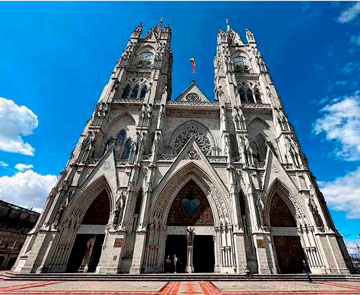
Details
Type: Group tours.
Price:
- The booking is 100% free.
- At the end of the tour, please leave your donation—some leave US$ 10 pp, others leave US$ 20.
- Donations must be in cash; we do not accept credit cards.
Size: 20 walkers approx.
Restrictions:
- People with reduced mobility.
Included:
- Professional and licensed Guide.
No included:
- Donations (tips).
- Personalized service.
What do I bring?
- Sweaters.
- Good walking shoes.
- Caps or hats.
- Sunglasses.
- Cash for donations.
- US$ 4 per person to enter the Basilica tower (optional)
Operation and itinerary:
- The itinerary of this free tour is subject to change without prior notice due to strikes, guide’s decisions, or any other event that prevents the tour from operating normally.
- Our operators always do their best to ensure an engaging tour.
Partner
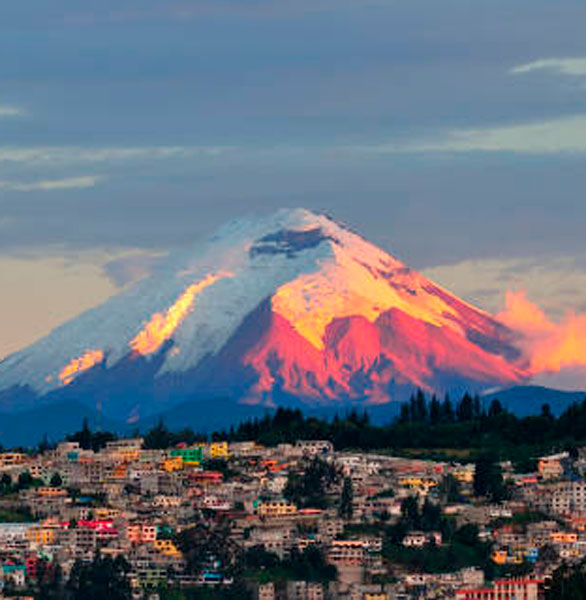
🥇PARTNERSHIP
This activity is organised by our trusted partner, Grace Ribadeneira (Kunakkuna Experiences), which means it isn’t offered directly by InkanMilkyWay. However, Grace has been carefully chosen by our team of specialists, who reviewed a variety of options available on the market.
She was selected based on quality, experience, and value, with the aim of keeping the highest service standards for our walkers. We’re fully confident that she and her team will do a fantastic job.
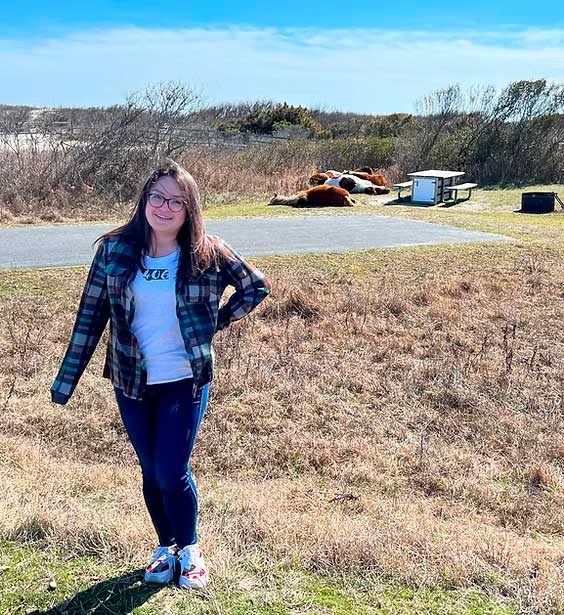
⭐CEO
Hello! I’m Grace — an Ecotourism Engineer and licensed national tour guide, as well as the creator of Kunakkuna Experiences. This project was born from my deep love for the history, culture, landscapes, and biodiversity of Ecuador, one of the most megadiverse countries in the world.
Unlike many travel operators, with me you’ll always have direct contact. I don’t just manage the operations — I’m also an active part of the guiding team. On many of the tours, I’ll be right there by your side to share the authenticity, history, culture, and magic of each destination in Quito.
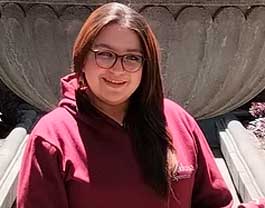
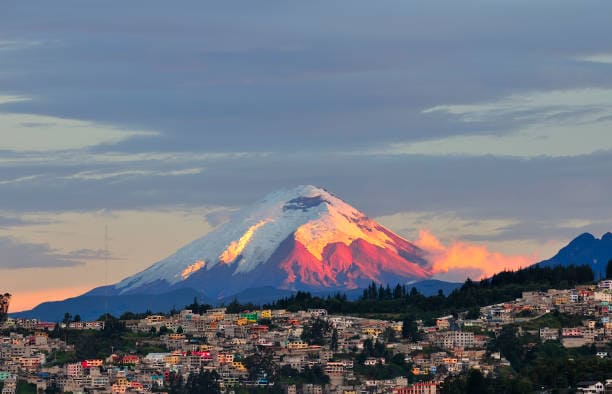 Grace Ribadeneira
Guide
Grace Ribadeneira
Guide

 Dayanna Olalla
Guide
Dayanna Olalla
Guide
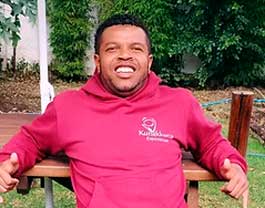
 Daniel Pabón
Guide
Daniel Pabón
Guide
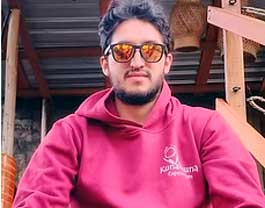
 Sebastián Vargas
Guide
Sebastián Vargas
Guide
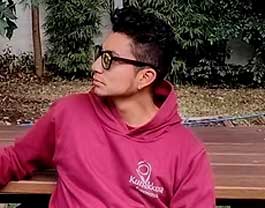
 Jhonatan Quitilanda
Guide
Jhonatan Quitilanda
Guide
Reviews
Please, scroll down to see reviews.
It is completely Free to Book

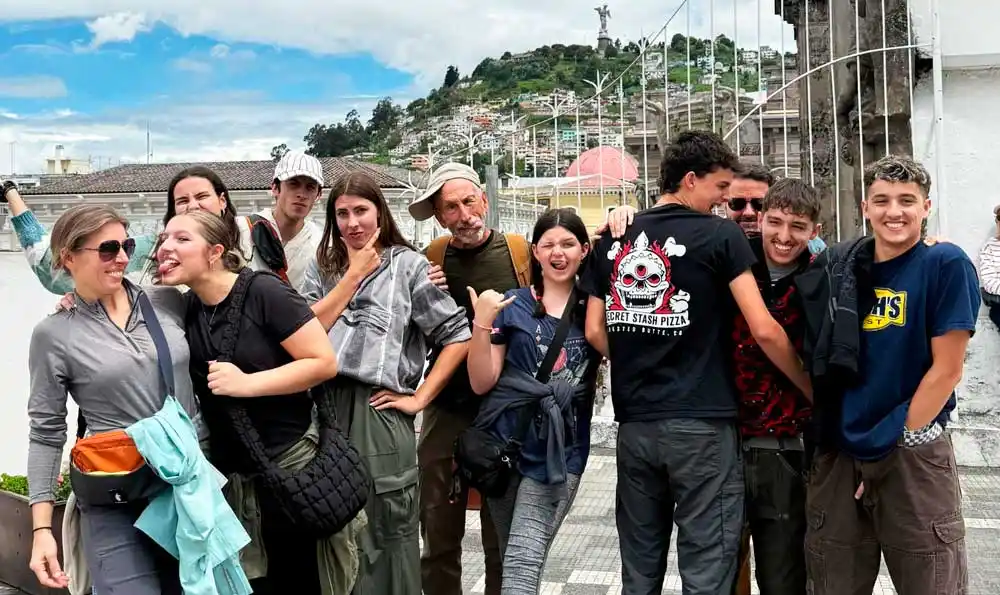
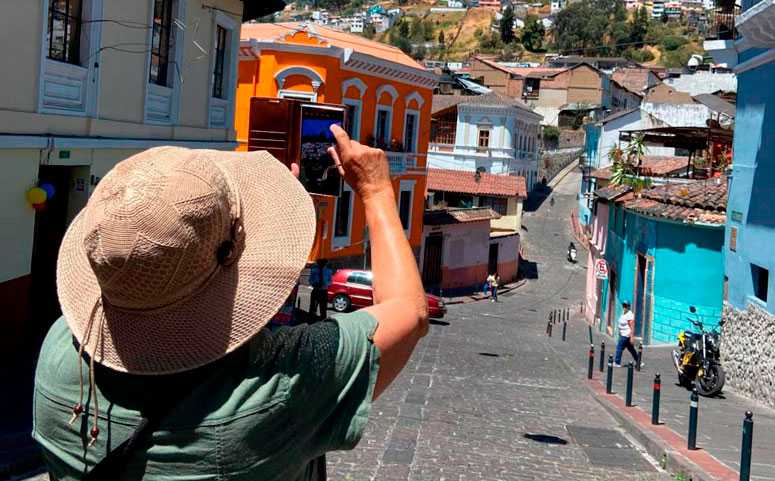
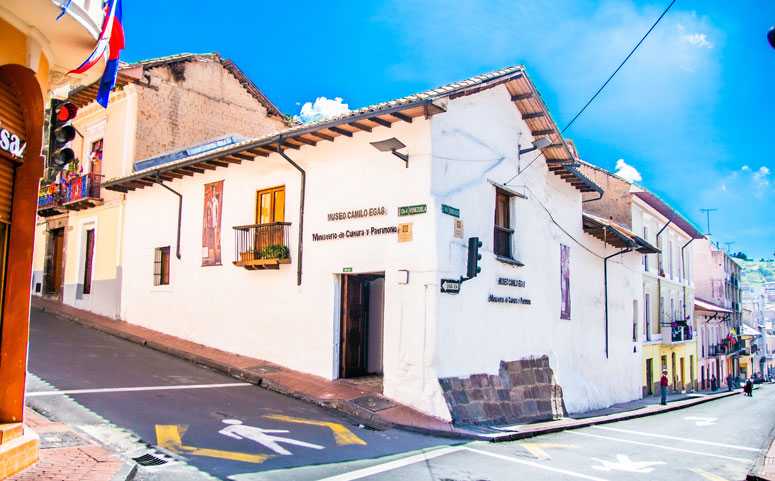


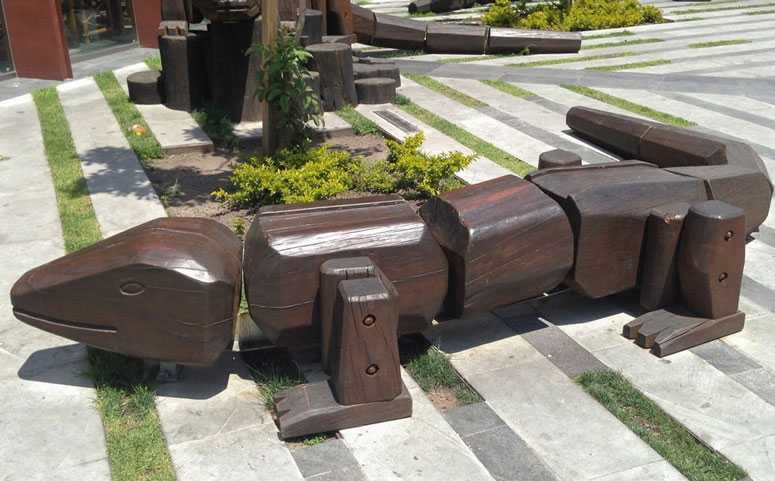
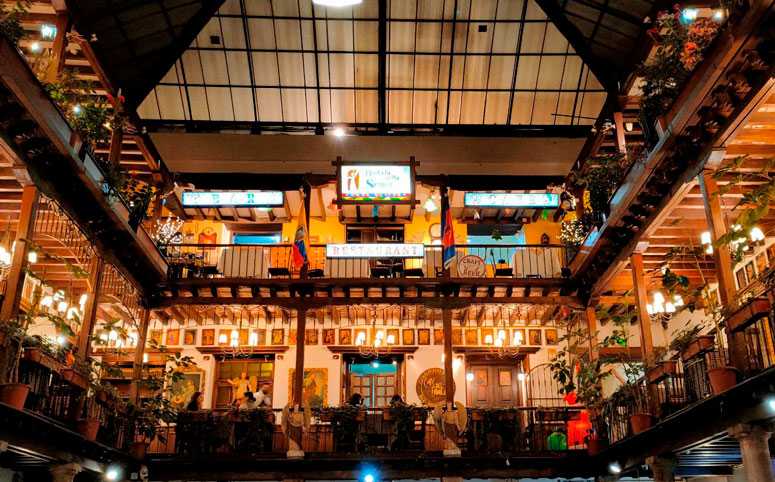
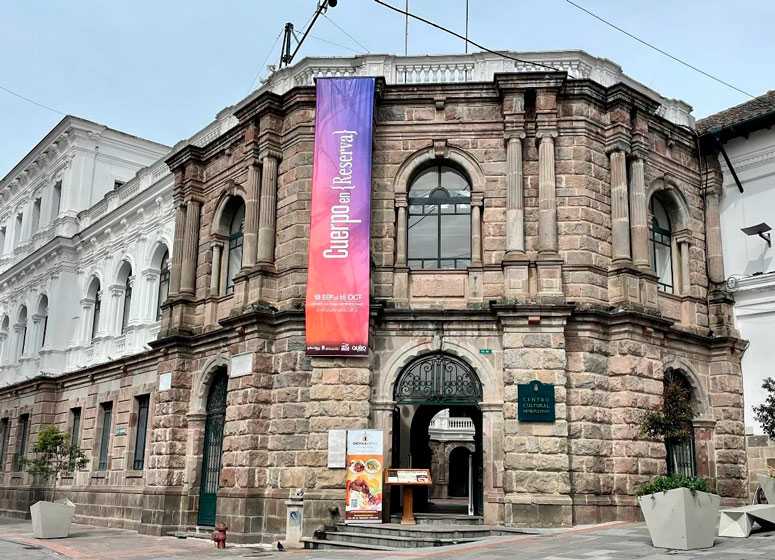
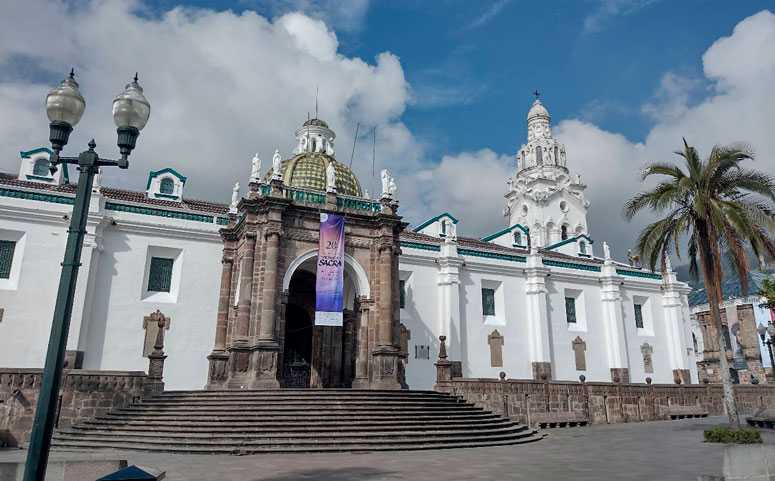


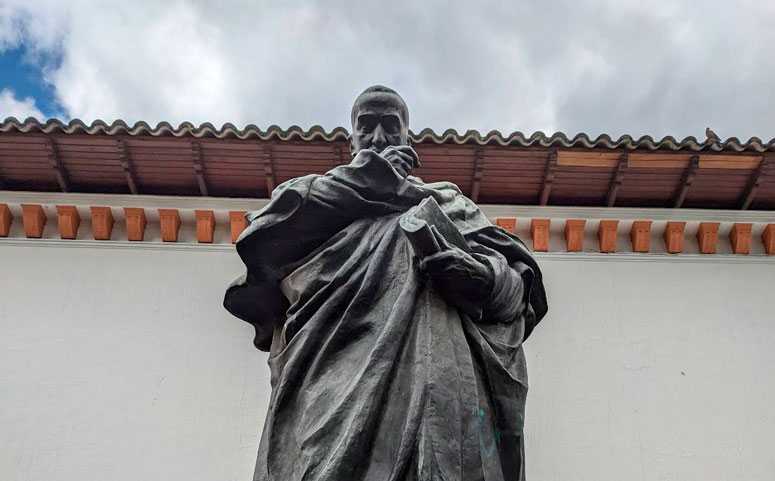

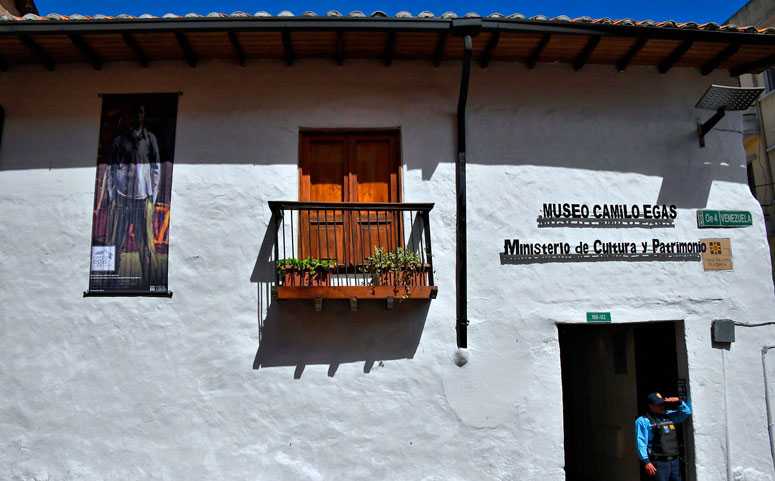
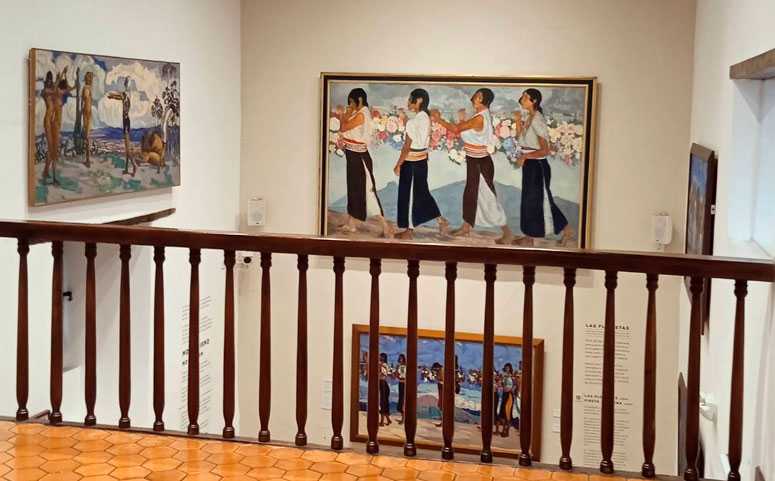
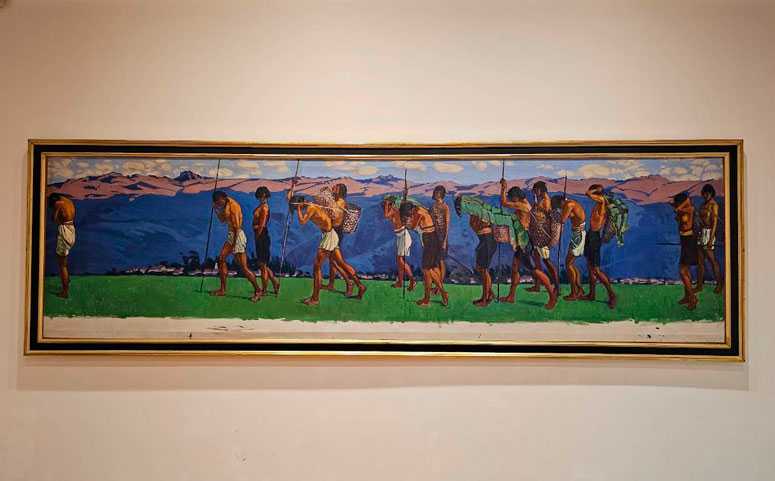

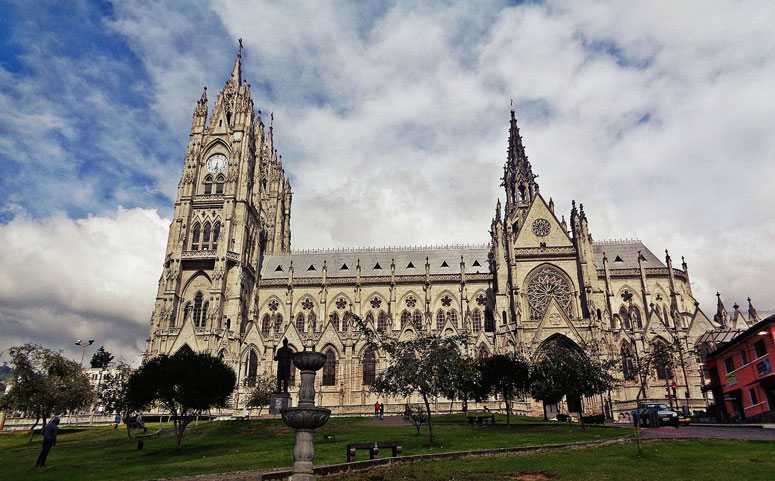
 TripAdvisor:
TripAdvisor: 